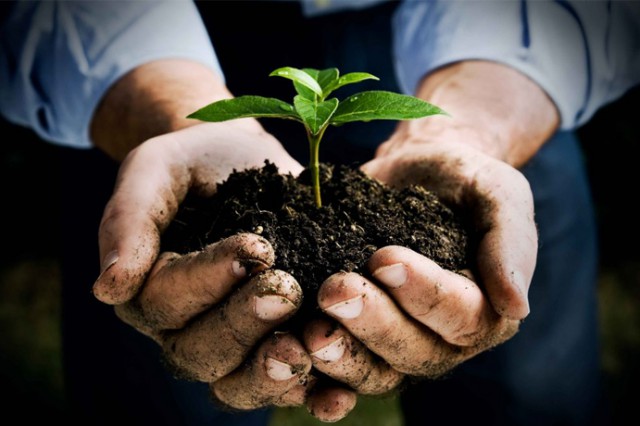May 3, 2022 by Cherry Lane

How to Choose the Right Plants for Your Soil
By Rachael – Content Editor
Published May 2022
When selecting plants for our gardens, we tend to choose them by how they look – flower colour, foliage, height, spread and when they will look at their best. These are all important considerations; however, you also need to know whether or not they will thrive in your soil. Soil can vary much from place to place, and the success of your plants depends on having the right conditions for them.
Acid, Neutral or Alkaline?
Most plants will grow well in neutral, or slightly acid or alkaline soil, except for those that have adapted to survive in high or low pH conditions, which will need those conditions to thrive. Test your soil with a pH testing kit or probe to find out where it is on the pH scale – this has acid at one end (low pH), alkaline at the other (high pH), with neutral being the central point where the soil is neither of these. Plants for acid or alkaline soil are listed below under Peaty Soil and Chalky soil respectively.
Soil types
Generally, the best soil to grow in consists of equal quantities of sand, clay and silt, known as loam, however, rarely do you get this combination naturally, and you will usually find that your soil has a rather larger amount of sand, silt or clay, or even chalk or peat. These bring their own problems and benefits:

Hydrangeas in clay soil will benefit from a protective layer of mulch
Clay soil
Sticky when wet, hard when dry, clay soil can be hard work to dig over and can be very poorly drained. Slow to warm up in spring, it does however hold on to that warmth through the autumn. If your soil exhibits these signs, you can improve it by incorporating bulky organic matter once a year, such as Farmyard Manure compost. This will break up the lumpy clay, allowing it to drain much better, as well as making it more pleasant to work with. Once the drainage problem is solved, clay soil is very good to grow in, as it holds nutrients very well.
Plants that like improved clay soil include Roses, Weigela, Buddleia, Berberis, Hydrangea, Viburnum, Chaenomeles, Pyracantha, and Helleborus, Hosta, Astrantia, Anemones, Geranium and many more.

Give Fuchsias a liquid fertiliser once a month during the growing season
Sandy Soil
At first, sandy soil can seem like a blessing, as it’s light, free draining and easy to work over, warming up quickly as the weather warms up in spring. The flipside of this though is that heat, nutrients and moisture are not held well by the soil, which leads to drought, hungry plants and cold soil in the autumn. The remedy is the same as with clay – lots of organic matter dug in at least yearly. This will bind the soil together, enabling it to hold in more nutrients, water and warmth.
Plants for sandy soil include Lavandula, Rosmarinus, Cistus, Cordyline, Choisya, Cytisus, Hardy Fuchsia, Hemerocallis, Rudbeckia, Penstemon, Verbena and more.
Silt Soil
Less common, but very fertile, light, moisture-retaining, but easily compactable. Plants that grow well in clay will also like silt, as it has all the best qualities of improved clay soil.

Clematis prefer a neutral or alkaline soil PH
Chalky soil
Contains many stones, and can be either light or heavy to work, but is usually free draining. Because of the high proportion of calcium carbonate present, the soil is very alkaline (lime-rich), making certain nutrients like Iron and Manganese scarce, and thus meaning that you will have to provide them through the use of appropriate plant foods.
Plants that tolerate chalk or other alkaline conditions include Ceanothus, Clematis, Hypericum, Hibiscus Lavandula, Potentilla, Vinca, Campanula, Erysimum, Aster, Knautia, Salvia and more.

Prune heather plants in early spring for the best growth
If you’d like further help to pick suitable plants for your soil or for tips on how best to grow those plants that are not suitable for your soil type in containers, why not come to your local store and speak to one of our experts?




